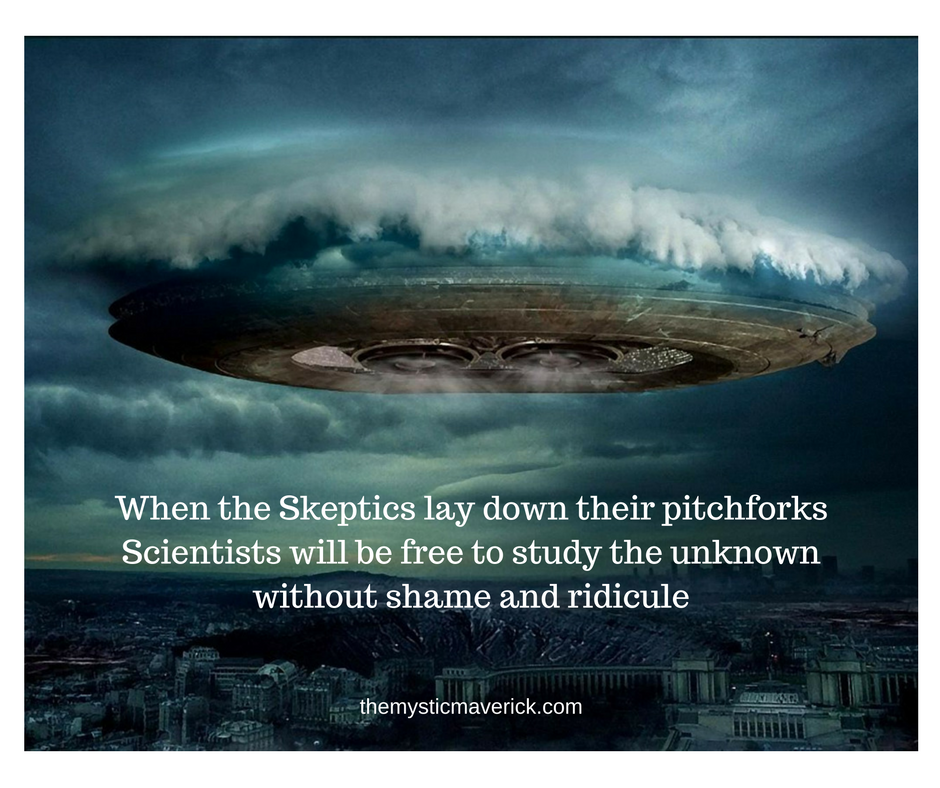Famous Mavericks in History and Science
Mavericks have been an important part of science for centuries. Thanks to these innovative thinkers, we make progress and explore the unknown. Unfortunately, many of them endured ridicule and worse as mainstream science just doesn’t like it when one of their own “steps out of the box,” so to speak. As I always say, when the skeptics put down their pitchforks, science will be more free to explore the unknown and help us progress to a new world where technology helps us all without harming the planet. And now, as an inspiration to all our Mystic Mavericks who think outside the box and are not afraid to explore the unknown, here are some of the more famous Mavericks in Science and History.

Subrahmanyan Chandrasekhar – This astrophysicist originated the Black Hole theory and was viciously attacked by astronomer Sir Arthur Eddington. His theory was that some stars collapsed at death, challenging the mainstream notion that all stars simply faded out. After being publicly ridiculed by Eddington, his work was discredited in the eyes of the research community. This prompted him to move his research to the University of Chicago in 1937, where he worked in secret. Eventually, the scientific community expounded on the theory and now it is accepted that certain stars do collapse into something we now know as Black Holes.
Robert Hutchings Goddard – A physicist, engineer and inventor, Goddard created and built the liquid-fueled rocket and is credited for ushering in the Space Age. Unfortunately, thanks to “Flash Gordon,” rockets into space were something only for SciFi television and “real” scientists shouldn’t indulge in such nonsense. Mainstream scientists and astronomers claimed that shooting rockets into space was impractical and foolish. Even the NY Times publicly ridiculed him, forcing him to keep his work secret for many years. Eventually, other rocket experts at Caltech who did expound oh his work avoided ridicule by renaming their work as “jet-assisted take-off” in which they strapped rockets to military aircraft (avoiding the use of the term rockets). It was only after Goddard’s death that he was recognized as the father of modern rocketry.
Fernando Nottebohm – It was once believed that mammal brains were capable of destroying neurons but not regenerating them. Mainstream scientists thought the mammal brain was given a set number of cells and stayed the same size with these same cells, forever. After 20 years of being in the minority, neuroscientist, Dr. Nottebohm’s work with mammalian brains proved that the age-old dogma was wrong. Mammal brains DO regenerate neurons and doctors today know it as neurogenesis.
Ignaz Semmelweis – Dr. Semmelweis came under attack as he touted the idea that invisible antagonists (germs) could spread disease and death. He advocated that surgeons wash their hands between surgeries, but instead of looking at his research to see why he believed this, he lost his medical license and eventually ended up in a mental hospital. Maybe it didn’t help that he informed doctors they may be responsible for killing patients with their practice of going straight from surgery to helping a mom-in-labor without even washing their hands! The truth was probably too shameful for the others to admit, so they ridiculed him, instead. Thankfully, they now know he was right.
Dan Shechtman – This guy discovered the existence of “impossible” pentagonal crystals forced from his research group for “bringing disgrace to the team.” Finally, the Nobel Committee admitted that his work was controversial however his hard work and dedication “forced scientists to reconsider their conception of the very nature of matter.” Today they are known as quasicrystals and even found to occur in nature. Schechtman was vindicated when he received the 2011 Nobel Prize in Chemistry.
The Wright Brothers – Many of us know of these innovators of flying, but did you know that even Scientific American Magazine made fun of them and called them “the Lying Brothers,” even after their success of Kitty Hawk and even though they had been flying for a year? Yup, it’s true. American reporters nor authorities would even come watch a demo, so they packed their things and went to Europe where they were hailed as heroes as they sold planes to a few countries in Europe.
Fritz Zwicky – This maverick had a crazy idea that the majority of mass in a galactic cluster contained an invisible matter of an unknown source. He was ridiculed, dismissed as an eccentric and even given the name, “Crazy Fritz.” Today we all know about this stuff; it’s called Dark Matter and serious scientists study it to this day.
